
Exploring the Economic Implications of Art Repatriation
Summary
Reflection Questions
Journal Prompt
Throughout human history, countries, institutions, and individual dealers have looted art and illegally exported cultural objects during colonial or imperial subjugation, invasion, war, and even tourism. Amid revelations of colonization and war crimes in the 1950s, a broad desire for the repatriation of stolen objects (including ancient artifacts, human remains, and art) emerged. This shift was part of a broader recognition of the need for restorative justice in indigenous communities — requiring an acknowledgment of wrongdoing and a desire to correct past injustices.
Since then, cultural institutions (like the Metropolitan Museum of Art, the Denver Art Museum, the British Museum, etc. ), government agencies (like the Manhattan District Attorney’s Office, the French Ministry of Culture, the Prussian Cultural Heritage Foundation, etc.), and individuals have responded to thousands of repatriation claims. Some have indeed returned stolen artifacts, while others have refused. In this article, we explain why standing against looting cultural heritage and committing to repatriation is so important, but we also examine the economic implications of doing so — both for the receiving and the repatriating nations. Read on to learn more.
What Exactly is Art or Cultural Repatriation?
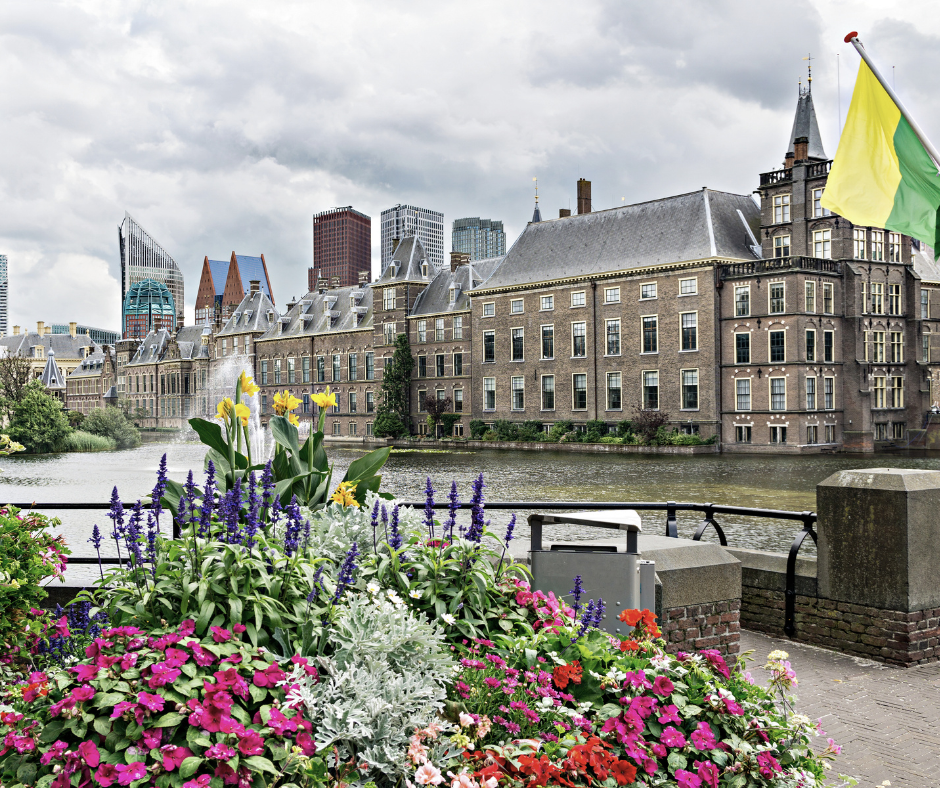
Before we discuss the economic implications of repatriation, let’s explain exactly what it is. Repatriation refers to the process of returning cultural objects, art, or human remains to their country or community of origin. This often involves artifacts that were taken during periods of colonization, conflict, or exploration, and the return is aimed at correcting historical injustices and restoring cultural heritage to its rightful owners.
The history of art repatriation and relevant legislation evolved significantly over the 20th century, starting with the 1907 Hague Convention, which aimed to protect property during warfare but didn’t specifically address cultural property. This gap was addressed by the 1954 Hague Convention after WWII, when the Hague vowed to expressly protect cultural property during war.
The 1970 UNESCO Convention further enabled the seizure of stolen objects with proof of ownership, and the 1995 UNIDROIT Convention targeted the return of illegally exported cultural objects, marking significant steps toward legal frameworks for repatriation.
Why is Repatriation of Cultural Property So Important?
Repatriation helps restore cultural heritage to countries and communities from which it was removed, often through colonial conquests, wars, or illicit trafficking. Returning such items can help heal historical wounds and restore a sense of identity and pride among indigenous and colonized peoples. Many artifacts were acquired under circumstances that are now recognized as unethical or illegal, such as looting or exploitation. Repatriating these items addresses legal and moral obligations to correct past injustices.
Artifacts often have cultural, historical, and religious significance to their places of origin. Repatriating them ensures cultural preservation and ensures they are interpreted within the context of their native traditions and histories.Returned artifacts can significantly contribute to the educational resources of a country, allowing local populations to access and learn from their own history and culture directly.
The process of repatriation often involves dialogue and collaboration between countries, museums, and communities, fostering international goodwill and understanding. Repatriation is a step towards addressing and reconciling the impacts of colonialism and imperialism. It acknowledges the harms caused by these historical processes and attempts to make amends.
The repatriation movement encourages museums and collectors to acquire items ethically, with clear provenance, thereby promoting responsible practices in art collection and curation. Some advocate for the repatriation of artifacts as a way to promote access and sharing of cultural heritage, arguing that artifacts should be enjoyed by the people to whom they have the greatest significance.
Countries and Institutions That Have Recently Repatriated Looted Art and Cultural Property
A number of nations, organizations, and institutions around the world have returned looted cultural materials to their rightful owners. Germany, France, Canada, Australia, and the United States have all participated, urging their encyclopedic museums to repatriate stolen objects. Of course, there is one glaring exception: the British Museum. More on that later.
Germany

Germany has pledged to return thousands of Benin Bronzes to Nigeria, a historic move that marks a significant effort to address its colonial past and contribute to understanding and reconciliation with the descendants of those who were robbed of their cultural treasures. This decision came amid a renewed push for the restitution of looted artifacts and follows a global reckoning with racial injustice and colonial legacies.
The Humboldt Forum in Berlin, a museum set to house a significant number of artifacts, announced plans to fully restitute all of its Benin Bronze holdings. Other institutions in Germany, such as the University of Aberdeen and the National Museum of Ireland, have also committed to returning looted Benin artworks.
In addition to the Benin Bronzes, German culture ministers from all 16 states came together in a landmark resolution to establish conditions for the repatriation of artifacts from public collections. This includes a focus on restituting human remains and digitizing collections for better access by origin countries. The resolution highlights Germany’s acknowledgment of its colonial legacy and its commitment to making restitution not only possible but actively pursued. This initiative demonstrates a significant step towards facing Germany’s colonial history and taking responsibility for it.
France
A significant initiative by France, following a report commissioned by President Emmanuel Macron, recommends the full restitution of African artworks taken without consent during France’s colonial period. This plan outlines steps for the return of symbolic objects, collaboration with African officials to inventory and assess restitution requests, and encourages other African nations to make claims. This effort aims to rebalance the geography of African heritage by addressing the disproportionate holdings of European museums compared to African ones.
Nordic Nations
In 2021, the Netherlands announced intentions to return colonial-era artifacts, including a significant decision to repatriate items to Indonesia and Sri Lanka. The Dutch government established a committee to evaluate repatriation requests, showing a structured approach to addressing historical injustices.
Similarly, Nordic countries, such as Norway, have taken steps to return Sami cultural artifacts and human remains, acknowledging the importance of these items to Indigenous communities and their cultural heritage. These actions underscore a broader European movement towards ethical stewardship and reconciliation with colonial pasts.
Canada

In Canada, efforts towards repatriation have involved both government and museum sectors working collaboratively with Indigenous communities. Initiatives have focused on the return of cultural artifacts and human remains, with institutions like the Royal Ontario Museum and the Canadian Museum of History leading by example. These actions are part of Canada’s broader commitment to reconciliation and respect for Indigenous peoples’ heritage and rights.
Australia
Australia’s approach to repatriation, particularly concerning Indigenous artifacts and ancestral remains, is guided by the Indigenous Repatriation Program. This government-backed initiative supports the return of culturally significant items from institutions both within Australia and overseas back to Aboriginal and Torres Strait Islander communities. The program underscores Australia’s recognition of the profound importance of these items to Indigenous cultures and the healing process.
The United States
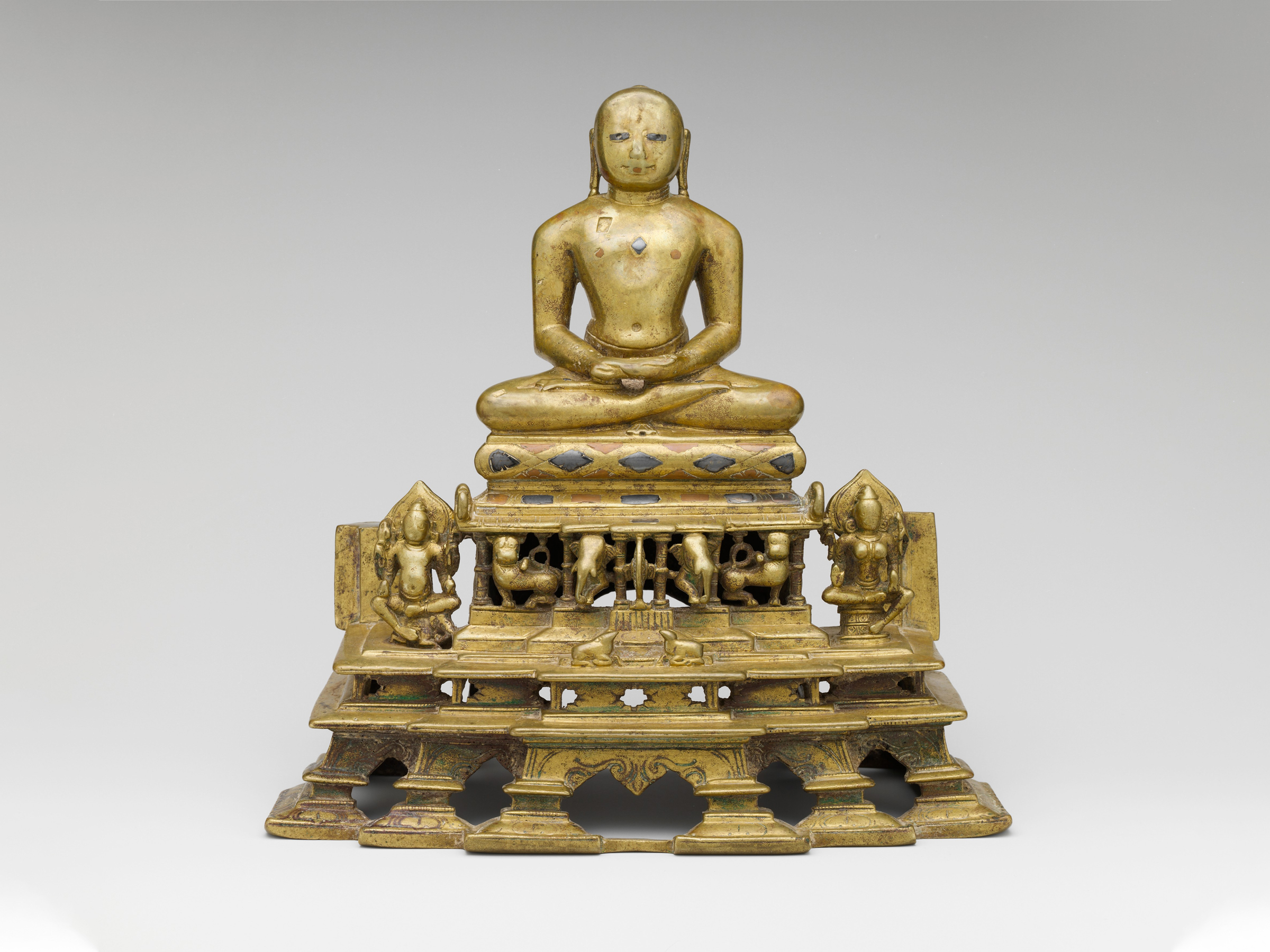
A number of American museums, government agencies, and individuals have returned cultural objects in response to repatriation claims. The Manhattan District Attorney’s Office facilitated the return of two looted antiquities to Iraq, including a Mesopotamian limestone elephant and a Sumerian alabaster bull, valued at $275,000 in total. These items, stolen during the Gulf War and smuggled into New York, were part of a broader restitution effort by the office’s Antiquity Trafficking Unit, which has recovered over 800 objects since 2021.
The Metropolitan Museum of Art also announced the repatriation of sixteen sculptures to Cambodia and Thailand, addressing artworks associated with Douglas Latchford, a dealer indicted for illegally selling antiquities. This action underscores The Met’s commitment to ethical collecting practices and strengthens cultural respect and collaboration between the countries involved.
Returning Cultural Objects Under the NAGPRA
Many repatriation claims occur within the U.S. and involve indigenous artifacts. The Native American Graves Protection and Repatriation Act (NAGPRA), enacted in 1990 in the United States, addresses the rights of lineal descendants, Indian tribes, and Native Hawaiian organizations to Native American cultural items, including human remains, funerary objects, sacred objects, and objects of cultural patrimony. NAGPRA provides a process for museums and federal agencies to return these items to their rightful communities and descendants, emphasizing respect for Native American heritage and the significance of repatriation in healing historical wounds.
Several U.S. museums have been involved in repatriation of art and cultural objects to indigenous communities. Some notable institutions include the National Museum of the American Indian, part of the Smithsonian Institution, which has actively returned items, and the University of Denver Museum of Anthropology, which has made repatriations. Last week, NYC’s American Museum of Natural History closed several Native American displays in response to recent legislation passed. Each museum’s efforts reflect a broader commitment to respecting the cultural heritage and legal rights of Native American tribes and communities.
What About the British Museum?
The British Museum has faced growing calls for the repatriation of artworks, particularly from Greece and Nigeria, regarding items like the Parthenon Marbles and the Benin Bronzes. However, the British Museum Act of 1963 prevents the institution from returning objects in its collection unless they meet specific criteria. Despite this, there have been discussions and potential legal avenues for change, including amendments to the Charities Act that could introduce ways for national museums to return objects under certain conditions.
Reasons Behind Reluctance to Repatriate Art and Artifacts
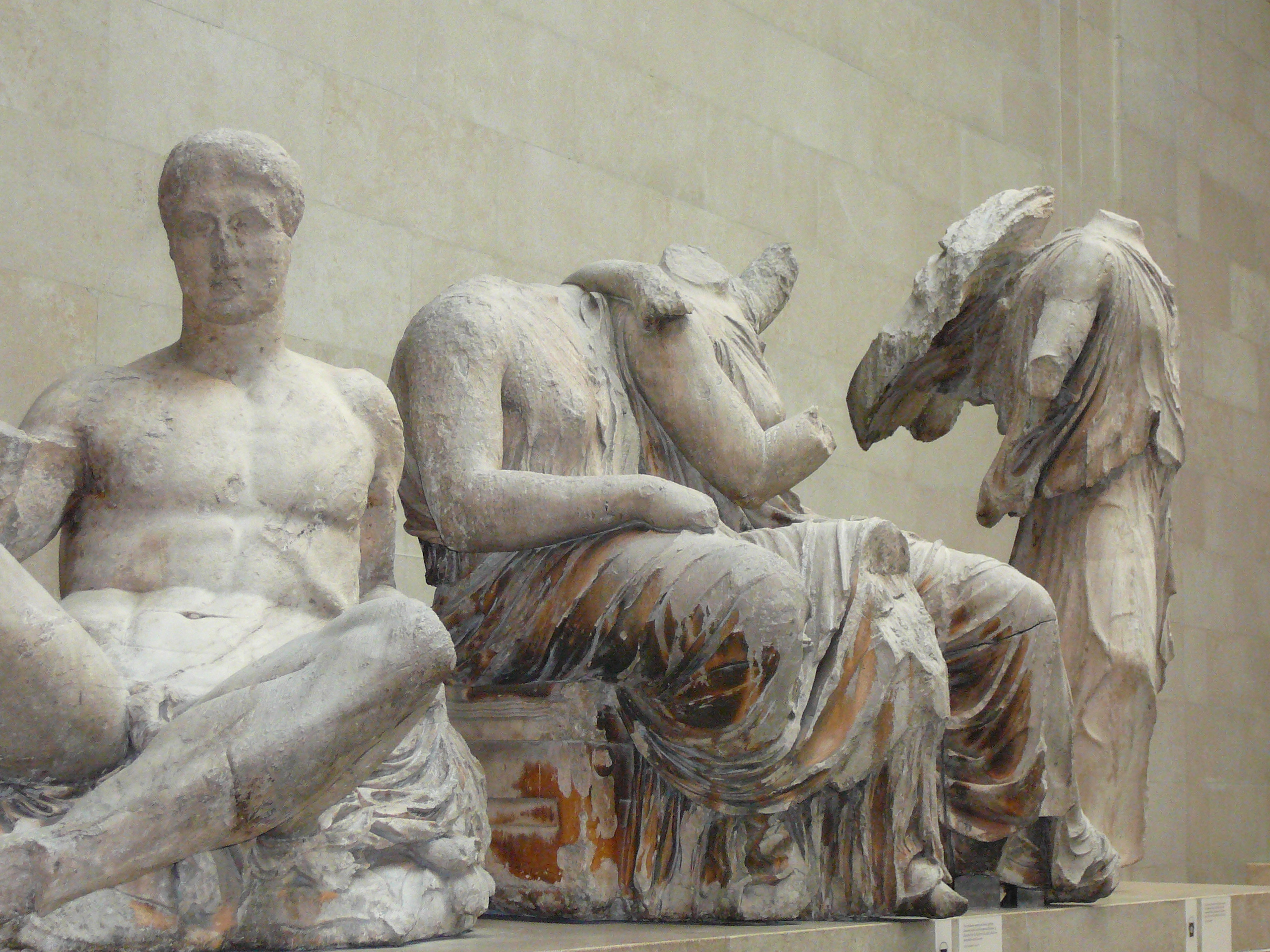
Many nations have ensured the repatriation of art and artifacts to their rightful owners through legislation. However, certain countries — like England — have passed legislation that prohibits repatriation by certain institutions. Below are a few reasons countries resist repatriation.
Legal and Ownership Disputes
Establishing clear ownership of artifacts can be challenging, especially when items have been in museum collections for generations. Legal frameworks often protect institutions’ rights to hold onto items, complicating repatriation efforts.
Concerns Over Precedent
Institutions may fear that repatriating one item could set a precedent, leading to further claims and potentially depleting their collections of culturally and historically significant artifacts.
Cultural Heritage and Identity
Museums often argue that holding artifacts from around the world supports global cultural exchange and education. They may view themselves as guardians of world heritage, providing access to these items for a broader audience than might be possible if the items were returned.
Condition and Conservation Concerns
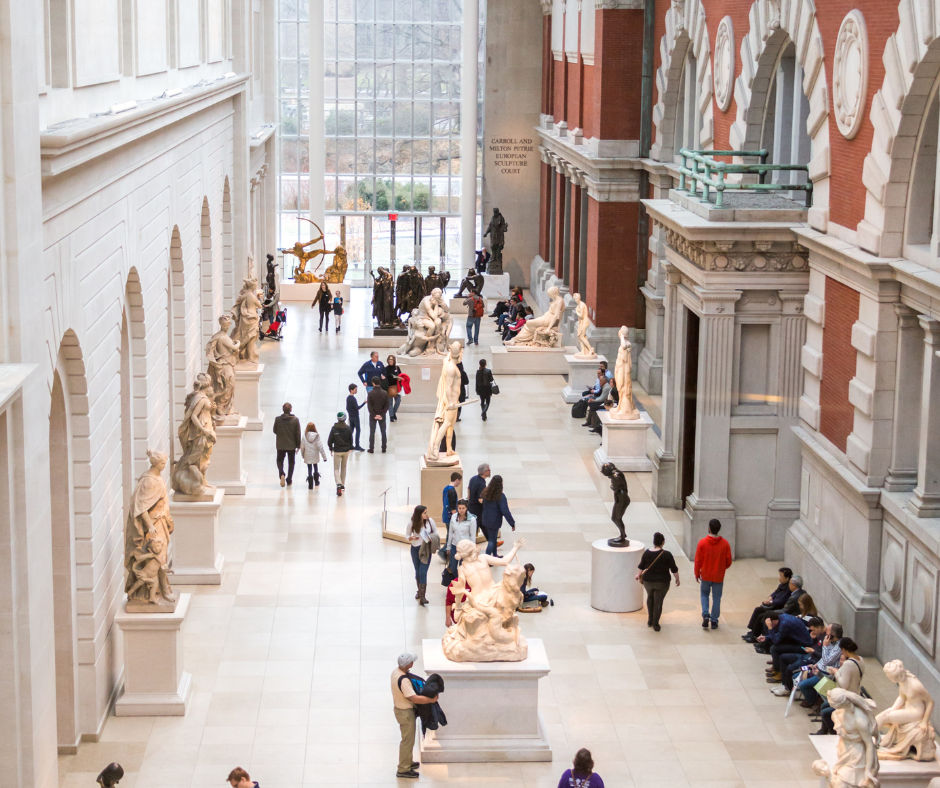
Some institutions argue that they are better equipped to conserve and protect artifacts, suggesting that the items might be at risk if returned to their countries of origin due to potential issues with preservation, security, or political instability.
Complex Histories
The histories of how artifacts were acquired can be complex, with items sometimes legally purchased, exchanged, or given as gifts, albeit under conditions that today would be considered unequal or coercive. Sorting out these histories to the satisfaction of all parties can be a significant challenge.
Lack of Clear Repatriation Frameworks
There’s often a lack of international consensus or clear legal frameworks governing repatriation, leading to ad hoc negotiations that can be lengthy and contentious.
Financial and Political Considerations
Last but not least, repatriating stolen artifacts can have economic implications for both the recipient and the returning country. Artifacts can be significant tourist attractions, generating revenue for museums and their host cities. Repatriating items may be seen as financially detrimental. Additionally, political factors and national pride can influence decisions on repatriation. Let’s take a look at the economic implications for both parties.
The Economic Implications of Artifact and Art Repatriation
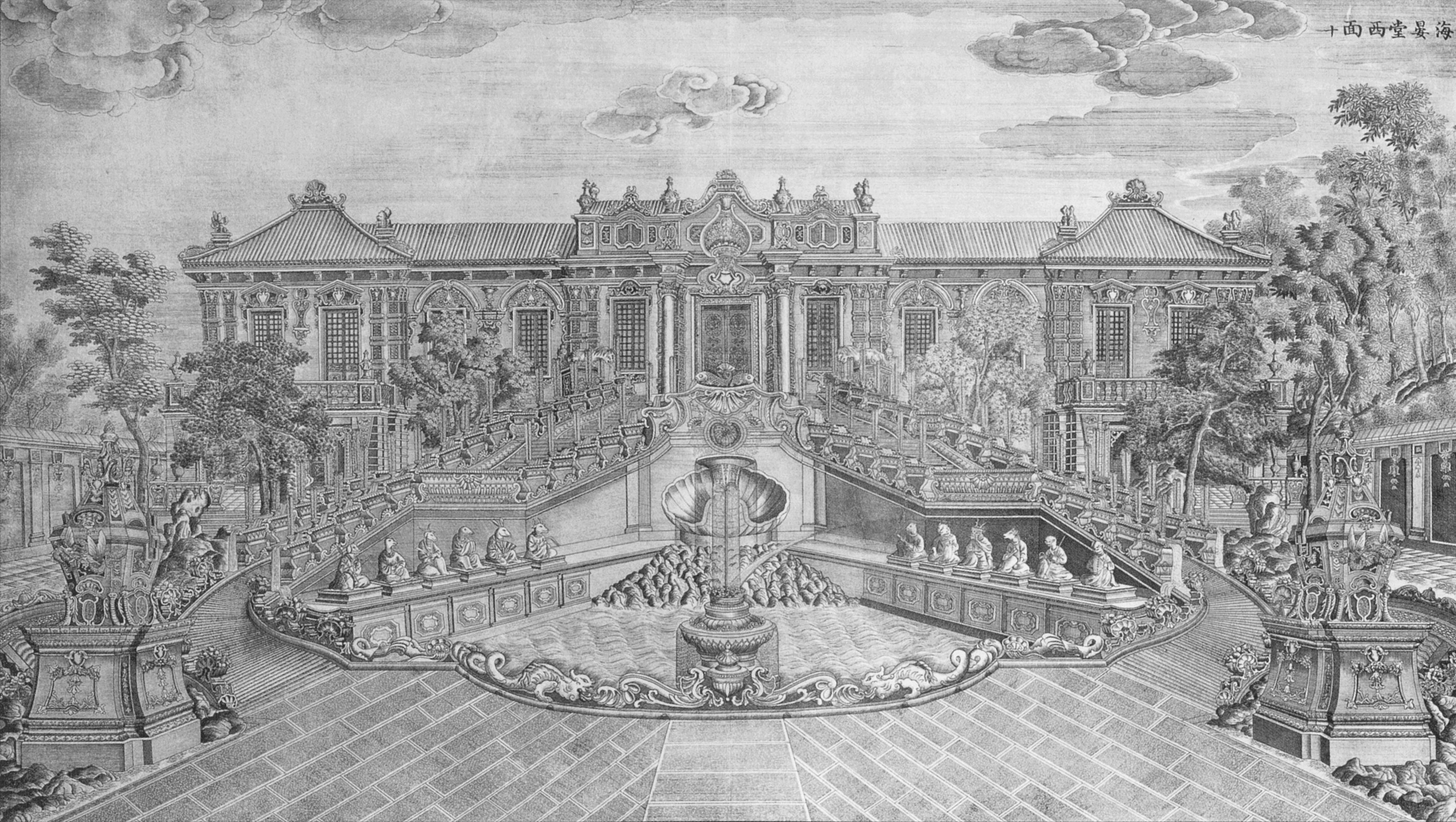
The economic implications of art repatriation can be significant for both the receiving and the sending countries — involving complex dynamics that influence national economies, cultural heritage industries, and international relations. While the receiving country often gains in terms of cultural enrichment and potential tourism revenue, the sending country may face costs and challenges related to loss of attractions and the financial implications of the repatriation process. However, successful repatriation efforts can also foster international goodwill and open up new avenues for cultural and economic collaboration.
For the Receiving Country
Cultural Tourism Boost
The return of significant cultural artifacts can enhance the attractiveness of museums and heritage sites in the receiving country, potentially boosting tourism. Tourists might be more inclined to visit a country that houses unique, culturally significant artifacts, generating increased revenue from tourism.
Enhanced Cultural Identity and Education

Repatriated art can strengthen national identity and pride by allowing citizens and visitors to engage directly with their cultural heritage. This can have indirect economic benefits through education, community development, and fostering a sense of unity.
Investment in Conservation and Museum Infrastructure
Receiving historically significant artifacts often necessitates investment in conservation efforts and museum infrastructure to properly care for and display the items. While this requires upfront costs, it can lead to long-term economic benefits by creating jobs and enhancing the cultural sector’s infrastructure.
Potential for Collaboration and Research
The return of cultural artifacts can open up new opportunities for academic and cultural research, potentially leading to collaborations that can have both economic and educational benefits.
For the Sending Country
Financial and Reputation Costs
The process of repatriating art often involves significant financial costs related to transportation, insurance, and legal fees. Moreover, countries that return artifacts may face reputational impacts, particularly if the items were acquired under controversial circumstances, which could affect their standing in the international community.
Loss of Tourist Attraction
Museums and institutions that return significant pieces might experience a decrease in visitor numbers, especially if the returned items were major attractions. This can lead to reduced revenue from tourism and ancillary services.
International Relations and Cultural Diplomacy
Engaging in repatriation can improve international relations by addressing historical grievances and demonstrating goodwill. This can have long-term economic benefits by fostering better bilateral relations, potentially leading to more favorable trade agreements and cultural exchanges.
Opportunity Costs
The decision to repatriate art involves weighing the cultural and ethical importance of returning the artifacts against the economic benefits of retaining them. This can lead to debates about the opportunity costs associated with repatriation.
Final Thoughts on the Repatriation of Art and Artifacts
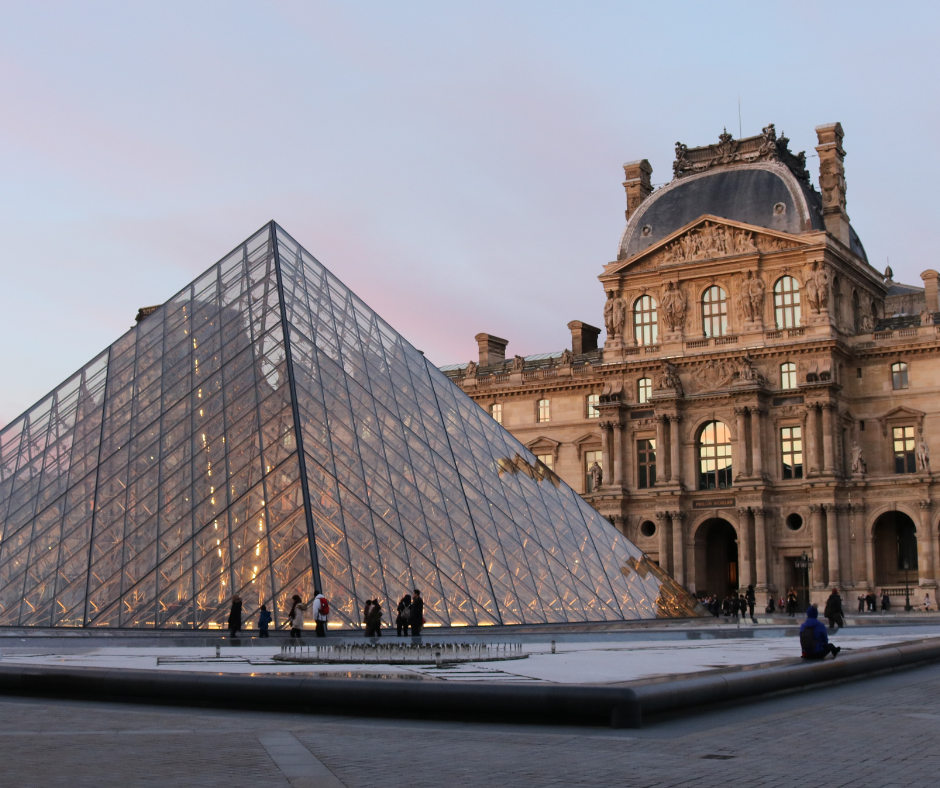
Beyond the economic benefits outlined above, repatriation to receiving countries fosters cultural revival and strengthens identity by reconnecting communities with their heritage. It aids in the healing of historical wounds and acknowledges injustices, promoting national pride and unity. Repatriation also enhances educational opportunities, allowing for a deeper understanding of a country’s history and cultural practices. It supports the preservation of cultural knowledge and traditions, ensuring they are passed down to future generations. While people on both sides issue powerful and personal sentiments about retaining or returning cultural artifacts, it is essential that we honor the communities that created and identify with those objects.








